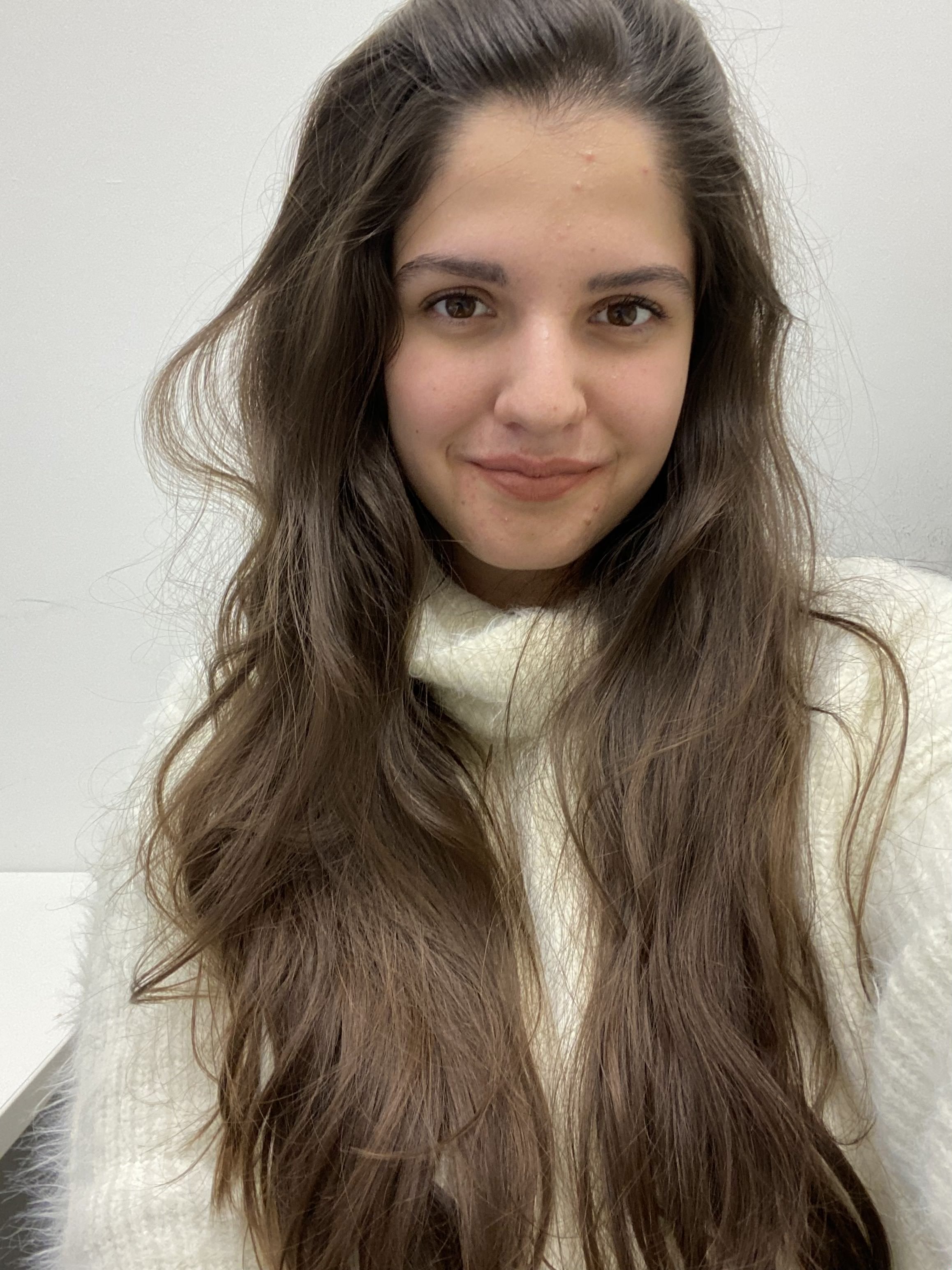Expanding ciliary pathways and ontologies
Benedetta Leoni (ESR9)
Benedetta is from Italy and began her studies at the University of Modena and Reggio Emilia where she obtained a bachelor degree in Biotechnology. She then continued at the University of Verona, where she gained a master degree in Molecular and Medical Biotechnology. During her time in Verona, Benedetta became interested in computational genomics, which she explored during her time at prof. Malerba’s laboratory, where she analysed a variety of transcriptomics data in the translational setting. Benedetta is experienced in RNA-seq analysis, programming, statistical analysis and general data mining. Prior to graduating university, Benedetta has also gained experience in the industrial setting working for a biotechnology company delivering toxicology reports to clients in the pharmaceutical industry.
Following her interest in bioinformatics, she pursued an industrial PhD at Cell Networks - Metisox, a company operating in the fields of systems biology and applied bioinformatics. In her PhD research she extracted data from several large public databases and data repositories, and established a meaningful list of associations for any query gene, where associations with diseases, pathologies or chemicals are ranked in terms of their likelihood of a true association, according to the weight and uniqueness of evidence in the public domain. In collaboration with ESR13, these associations have been scored using a scoring system similar to “socio-affinity”, which was previously applied to proteomics data. During the program, Benedetta has presented her work at several meetings and conferences, and has had the opportunity to visit and collaborate with scientists in R. Roepman’s group at Radboud University Medical Center in the Netherlands and in R. Russell’s group at the University of Heidelberg.
Benedetta will deposit her doctoral thesis in 2025, and expects to obtain a doctoral degree from the faculty of Life sciences at Heidelberg University, Germany. Since November 2024 she works as bioinformatician at BioCopy AG in Freiburg.
What does Benni say about our program?
It was a pleasure to be a fellow in the SCilS consortium. The program offered many opportunities to travel and engage in internal meetings, conferences, and secondments, which fostered a very collaborative environment and allowed me to connect with brilliant researchers and scientists. The many presentations, workshops and trainings broadened my perspective beyond my own project and provided me with useful skills for my professional growth. The SCilS community was a joy to be around and it created a community of fellows who were a constant source of support and inspiration for me. This journey has been full of both personal and professional growth, and I am incredibly grateful for the opportunities and friendships that SCilS has brought into my life.
Abstract
Current public knowledge of ciliary function, including ciliary transport, ciliogenesis and signalling, remains woefully underrepresented in public databases. The aim of Benedetta’s project is thus to expand the current set of cilia-relevant pathways via the integration of bioinformatics data, curation of established biological pathways, and modelling of novelly discovered biological pathways associated with healthy and damaged ciliary conditions into online databases such as SysWiz. In order to achieve this goal, she will both automate parts of the curation process , i.e. the interrogation of literature and datasets of multi-omics data, and put the findings of the SCiLS project partners into a complete context in order for them to be exploited and understood fully.
The ultimate aim is to create an online platform for ciliopathies wherein the user/researcher is able to differentiate between overlapping ciliopathies by the means of conclusions of various pathways and omics data that are unique to each pathology. These platforms can be exploited for various means such as drug discovery and treatment regimens as well as more detailed independent research into the aetiology of various forms of ciliopathies.
We want you to understand!
Layman abstract
A comprehensive database for ciliary diseases research
The incorrect functioning of hair-like structures on cells, called cilia causes diseases called ciliopathies. These diseases affect more than 1 per 2000 people, however there is very little information on this topic. My research project aims at creating an online database that combines all the available information on ciliopathies. This will help to understand how cilia work normally as well as in disease. The database can be used for the discovery of new drugs and treatment, as well as research into how these diseases develop


